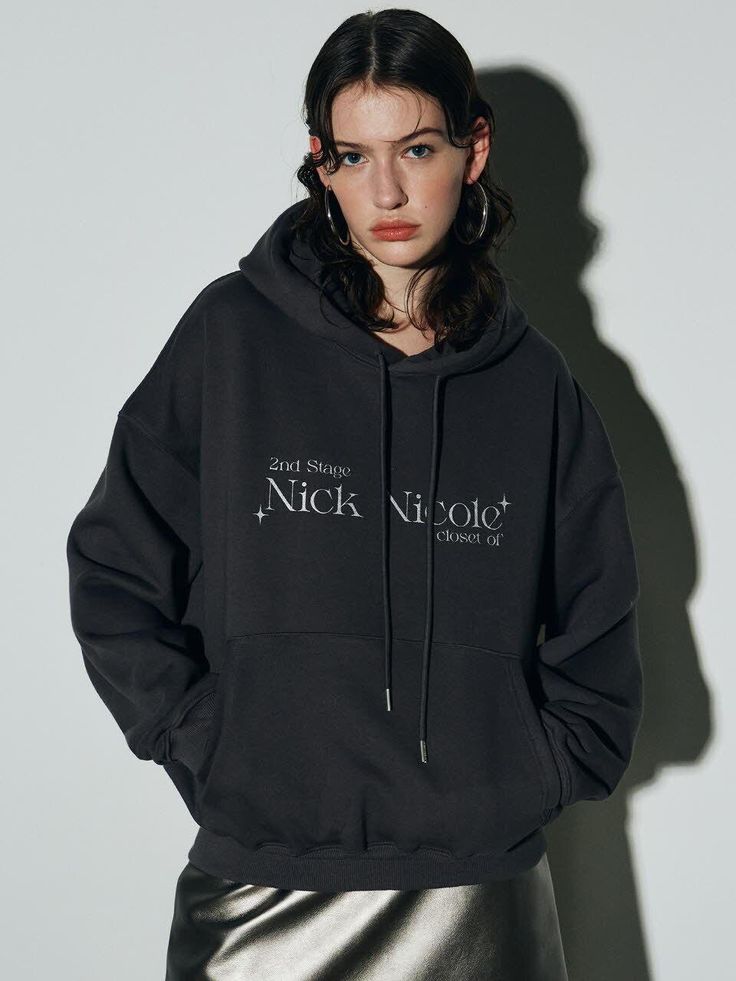Introduction
In 2025, fashion is no longer defined solely by fabric or form, but by code, intention, and self-liberation. The emergence of digital fashion and the rejection of traditional labels have merged into a powerful force of self-expression for a new generation. This post-label era is bold, borderless, and binary-coded, where garments can exist solely in virtual space and identities are fluid, limitless, and unconstrained by binary definitions. “Binary & Bold” explores how digital fashion is not only reshaping style but also reshaping how people define themselves through it.
The Rise of Virtual Wardrobes
With the expansion of virtual platforms, from metaverses to social AR filters, digital wardrobes have become just as vital as physical ones. Young consumers now collect digital outfits to wear in games, on social media, and within immersive online communities. These garments are not bound by gravity, physics, or material limits. They offer fantastical silhouettes, colors, and concepts that would be impossible in real life, turning personal style into digital spectacle.
Post-Label Identity in the Digital Age
Traditional fashion categories like gendered clothing, seasonal collections, and brand hierarchies are fading. Digital fashion empowers individuals to transcend these conventions. Users can don a metallic ball gown, glitch-inspired armor, or code-threaded hoodie—regardless of identity or location. In a virtual space, fashion becomes an extension of inner truth rather than a reflection of physical or social constraints.
From Static Products to Living Code
Unlike static garments, digital fashion evolves with its user. Some pieces respond to mood, weather data, or biometric feedback. Others transform with touch or movement within virtual environments. These dynamic outfits blur the line between fashion and interaction design. They are no longer items to be worn, but systems that respond and adapt—making each piece deeply personal.
NFTs and Fashion Ownership
In 2025, fashion ownership has been reimagined through blockchain. Non-fungible tokens (NFTs) give buyers proof of authenticity and exclusive rights to wear or trade unique digital garments. These NFT outfits have become status symbols in online spaces, blending fashion, technology, and finance. As a result, digital fashion is now a collectible art form as much as it is personal expression.
Sustainability Through Digital Design
One of the most radical benefits of digital fashion is its sustainability. By eliminating physical production, brands reduce waste, pollution, and overconsumption. Designers can prototype ideas without fabric or labor, leading to more thoughtful collections. Consumers, in turn, can explore endless styles without contributing to landfills. This aligns with the values of climate-conscious youth who demand ethical alternatives.
Avatar Styling and Personal Branding
As avatars become digital extensions of ourselves, their style becomes integral to identity. Users curate looks that reflect not only how they wish to be seen but how they feel. Personal branding in 2025 includes one’s digital wardrobe, from NFT sneakers to glowing skinsuits. These choices communicate personality, status, mood, and ideology—all without a single spoken word.
The Role of AI in Digital Couture
Artificial intelligence is reshaping design workflows. AI co-designers help generate ideas, simulate wearability, and customize digital outfits in real time. Algorithms respond to user preferences and create garments that resonate emotionally. The collaboration between human imagination and machine intelligence produces garments that are at once algorithmic and artistic.
Fashion Democratised by Technology
Digital fashion breaks down elitism. Anyone with a smartphone and internet connection can participate, design, or showcase. It removes entry barriers related to geography, income, or physical appearance. Creators from marginalized communities are now able to challenge fashion norms and gain recognition purely based on creativity. The digital runway is open to all.
Emotional Expression Through Virtual Looks
Clothing in the digital space is not about temperature or modesty—it’s about mood, memory, and messaging. Youth express sadness with muted hues that shimmer like glass or joy with avatars dressed in kinetic bursts of color and light. Emotional states become visible through dynamic materials and effects, turning fashion into a living diary.
The Future of Phygital Fusion
Though digital fashion is booming, many designers are exploring phygital models—where physical and digital pieces co-exist. A jacket might have a physical form, but unlock a digital twin for gaming or social sharing. This hybrid approach bridges the gap between touchable tradition and virtual possibility, offering the best of both worlds.
Conclusion
“Binary & Bold” is not just a phrase—it’s a forecast. Fashion in 2025 has transcended fabric, flipped convention, and embraced the code. In this post-label world, style is no longer something one wears—it is something one becomes. With the limitless canvas of digital design, youth are no longer dressing for categories—they’re designing for freedom, fluidity, and future-forward expression. Fashion is now programmable, personal, and profoundly unboxed.



